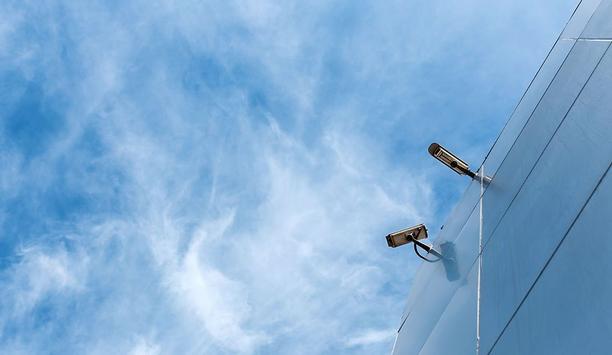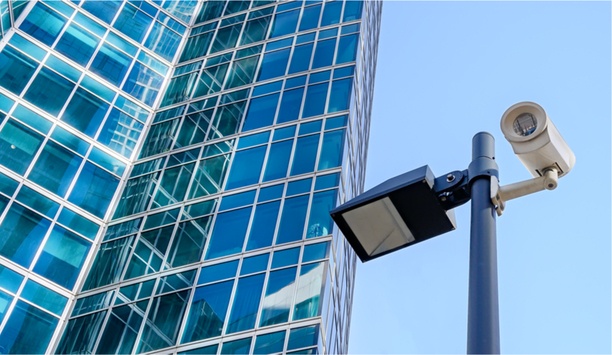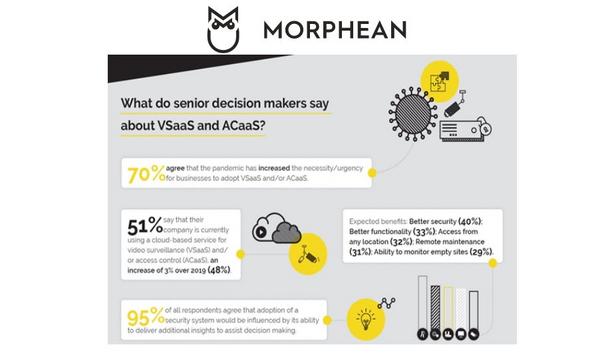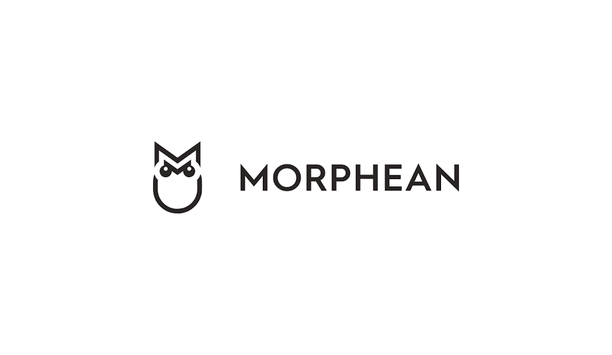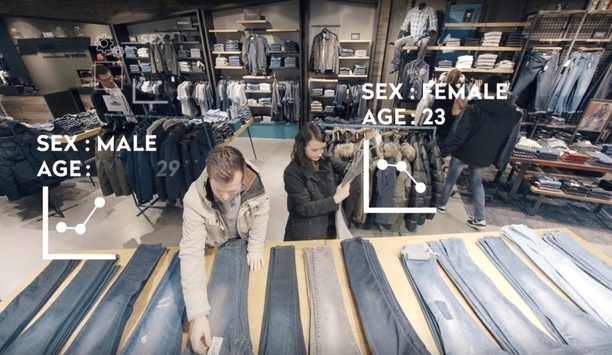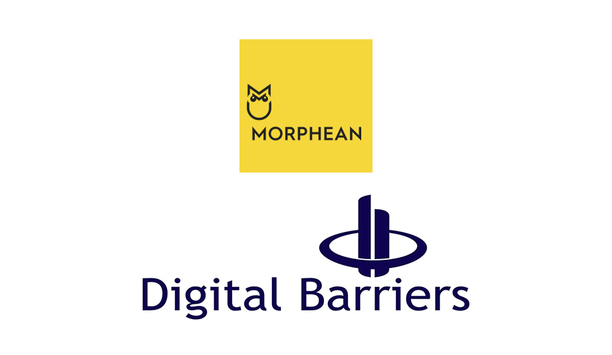Rodrigue Zbinden

Rodrigue Zbinden
CEO, Morphean SARodrigue is CEO of Morphean SA, a Swiss company that builds innovative software products for video surveillance. Prior to this, he was the founder and member of the board at Softcom Technologies SA, member of the board at Baranduda Concepts, and founder and CEO of Convertech. Rodrigue holds a Bachelor's degree in Software Development from the University of Applied Science of Western Switzerland, Fribourg, and an MBA degree from HEG Neuchatel.
Articles by Rodrigue Zbinden
While COVID-19 caused widespread disruption and many challenges for businesses, its sudden arrival prompted some very quick decision-making around how to maintain operations. For some businesses, clou...
Throughout the COVID-19 pandemic, ensuring the safety of passengers and staff aboard public transport has been an ongoing concern. The scenes of underground trains, still packed with commuters as infe...
COVID-19 and the resultant lockdown saw an unprecedented demand for cloud-enabled technologies across Europe. Such services enabled people to stay connected and allowed some businesses to relocate per...
Morphean’s CEO, Rodrigue Zbinden, explores the benefits of hosted video surveillance and access control, and what the growing interest from the IT community might mean for the physical security...
Rodrigue Zbinden, CEO at Morphean, discusses the business benefits from merging video surveillance and access control technologies as demand for ACaaS grows. The big question facing businesses today...
News mentions
New research into the impact of COVID-19 on physical security purchasing decisions has revealed a sharp increase in the necessity/urgency for businesses to adopt hosted video surveillance (VSaaS) and...
A new whitepaper published recently details market analysis of attitudes towards cloud adoption and purchasing behaviors behind hosted physical security from 1000 IT decision makers from across Europe...
A new study of 1500 IT decision makers across Europe into the attitudes towards and behaviours behind cloud adoption has provided some revelatory insight that will serve the physical security industry...
Morphean, an innovator in Security-as-a-Service, leads the security industry into a smarter digital future that promises unique business insights by leveraging AI. Swiss tech company Morphean, a prov...
Cloud analytics and security-as-a-service innovator, Morphean, has put cybersecurity at the heart of the design of a significant upgrade to its intelligent software platform. The Morphean platform tak...
Morphean and Digital Barriers announce a new collaboration to offer Digital Barriers’ government-accredited video analytics and facial recognition solutions as an enhanced Video Surveillance as...
Morphean plans to lead a new business model within the security environment: VSaaS Morphean, Europe’s leading supplier of VSaaS (Video Surveillance as a Service) hosted video...
Martyn is a believer in cloud-basedsecurity, and is excited to representMorphean in the European market Martyn Ryder has joined Morphean after 10 years with STANLEY Security most re...
